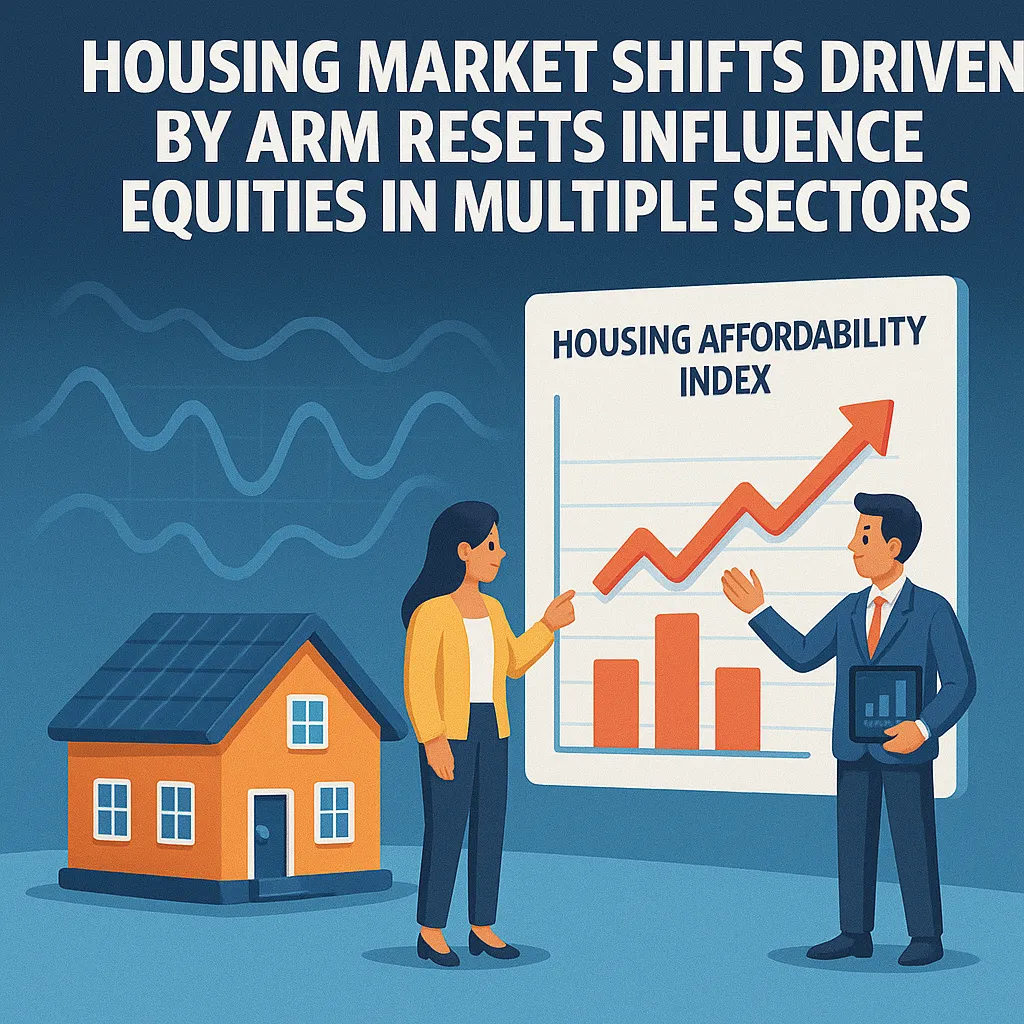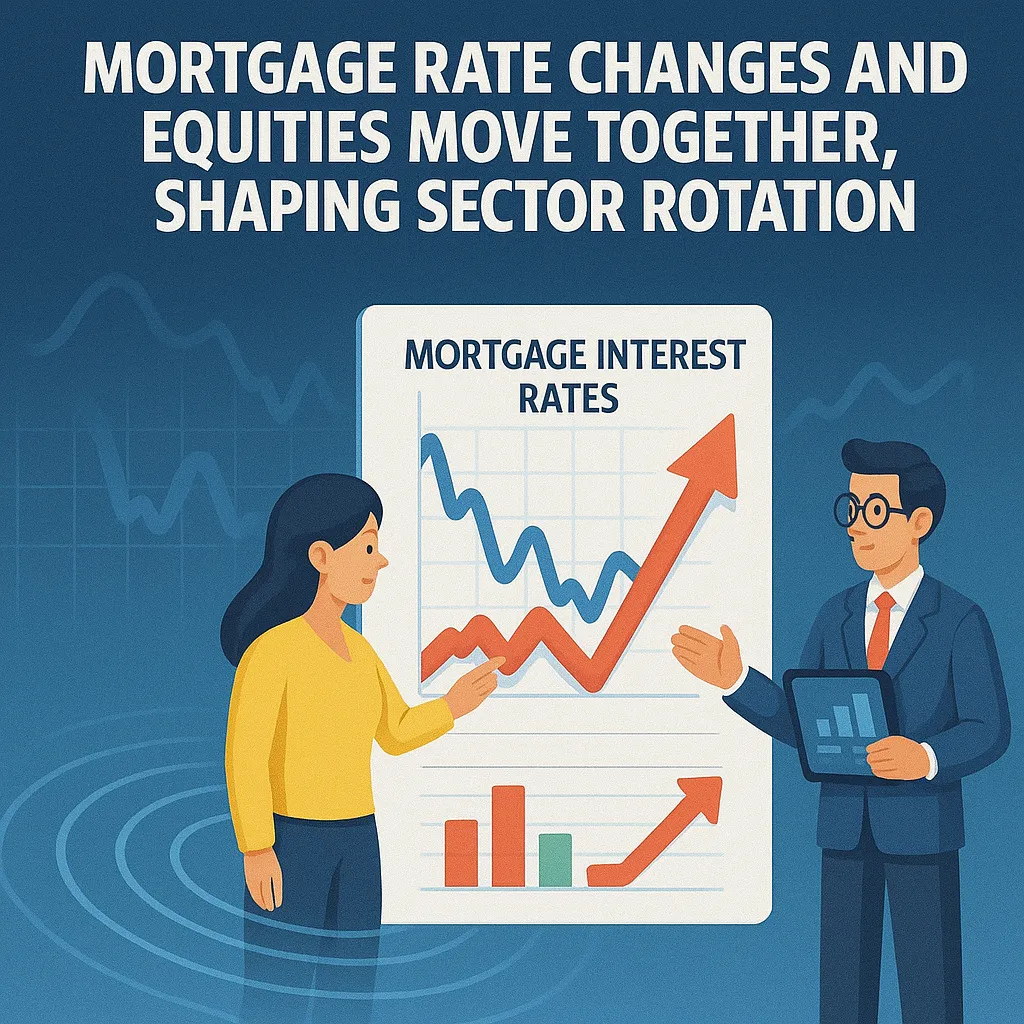The relationship between housing finance and equities is tighter than many investors realize. When lenders reprice adjustable-rate mortgages stock market impact quickly appears in homebuilders, banks, REITs, consumer discretionary names, and even rate-sensitive tech and utilities. Because ARM loans reset periodically, changes in short-term benchmarks ripple through household cash flow, refinancing activity, and housing turnover—factors that can amplify housing market effects on stocks.
In rising-rate environments, ARM borrowers can face higher monthly payments at reset, which may slow discretionary spending and cool home sales. That chill can weigh on retailers, travel and leisure, and cyclical manufacturers. Conversely, when short-term rates ease, ARM resets can free up cash, boost affordability, and revive transaction volumes—tailwinds for brokerages, home improvement retailers, furniture makers, and regional banks. Understanding these dynamics helps investors read the tape when headlines focus only on “mortgage rates” without distinguishing fixed versus adjustable structures.
This guide translates mortgage mechanics into portfolio moves. We’ll map how ARM share of originations, reset schedules, and rate caps influence earnings sensitivity across sectors; why mortgage rate changes and equities often move together during policy shifts; and how liquidity and credit quality shape market breadth during housing upcycles and downcycles. We’ll also look at how servicers, MBS markets, and credit spreads feed back into financials, and why housing data frequently leads broader equity performance by months.
Whether you’re a long-term investor or an active trader, aligning positioning with ARM loans and market trends can improve timing on cyclicals and defensives alike. By the end of this article, you’ll have a practical framework to connect ARM resets to earnings revisions, sector rotations, and factor leadership—so you can respond proactively instead of reacting to yesterday’s prints.
How ARMs Work: Why They Matter for Equities
Adjustable-rate mortgages reprice after an initial fixed period using an index (e.g., short-term benchmarks) plus a margin, bounded by periodic and lifetime caps. The size and timing of those resets, combined with the share of ARMs in outstanding loans, determine how quickly mortgage payments change at the household level. When the reset wave is large and caps are wide, sensitivity to the rate cycle is higher—and the adjustable-rate mortgages stock market impact becomes more visible in rate-sensitive sectors. When caps are tight and ARM share is small, equity transmission is slower and more muted.



